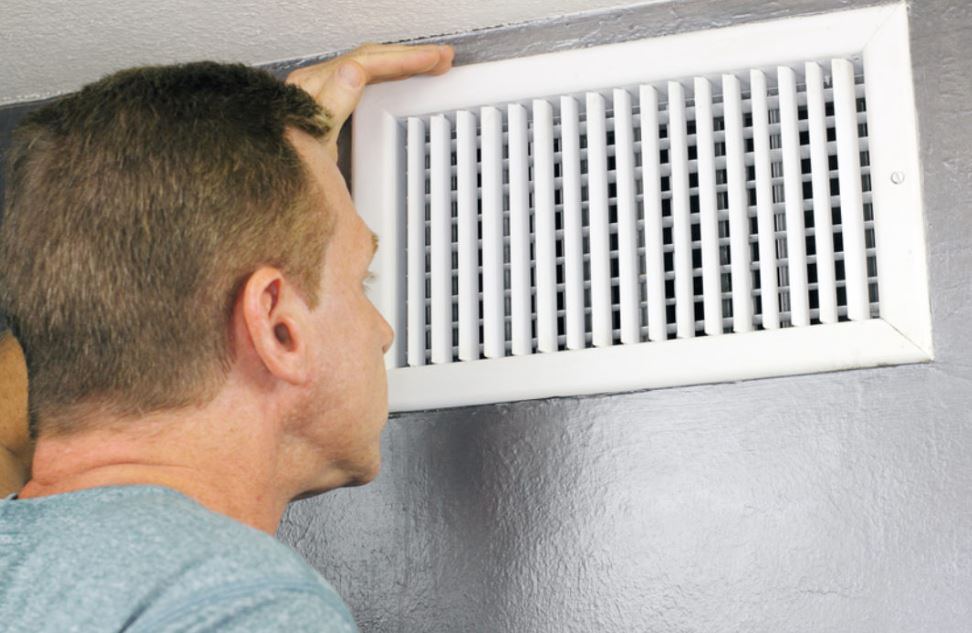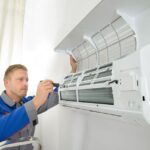
The ultimate temperature control option, ducted air conditioning allows cool air to infiltrate your house and keep you comfortable. Individual sections (zones) in your house may be controlled by a variety of control points, including wall-mounted devices, cell phones, tablets, and computers. Ducted air conditioners Brisbane are also quiet, discrete, and efficient, possibly saving you money on your utility bill while increasing the value of your home.
However, they, like any other piece of electrical equipment, require routine maintenance to stay in good working order.
How Can I Know If My System Needs Maintenance?
However, because of their size and complexity, ducted air conditioners Brisbane can display a range of specific challenges that conventional heating and cooling systems do not. These are some examples:
1. Ductwork Damage
Ducting, as the name implies, is essential to ducted air conditioning equipment. Ducts are composed of various materials depending on the system, and in residential units, they are commonly made of rubber or flexible plastic.
Tears and punctures can form over time, and connections might fall loose. These problems might cause air to escape, reducing the effectiveness of your system. Leaking duct vents can waste up to 30% of your home’s heating or cooling expenditures since they need to operate longer and more frequently to provide results.
Damage to ducts in an unconditioned region, such as a vented crawl space in the roof, can allow hot or cooled air to be driven out of open joints and evaporate. Unconditioned air can also be sucked into the return ducts via open joints, exacerbating pre-existing health problems.
2. Blocked Ductwork
Vermin, such as possums, rats, and mice, can clog ducts. Possums, in particular, eat their way through ductwork in search of shelter, especially during the winter. Ducts are great paths for them to wander and reproduce, and the damage they leave behind may be considerable over time. Damaged ductwork can cause air to escape into the wall space and roof voids rather than being cycled inside the property, resulting in inefficiencies and an increase in energy costs.
3. Filthy Ductwork
Dust and other airborne contaminants are drawn from within the residence into the intake or supply vents of most ducted air conditioning systems. The air is then heated or cooled before being pumped through air vent diffusers that clean it and redistributed.
If there are openings in the return air ducts, the system can suck in materials such as pollen, dander, mold, dirt, dust, and other allergens, causing the ductwork to become exceedingly unclean.
This can degrade your home’s indoor air quality and aggravate health conditions such as asthma, nose, and ocular allergies, and pre-existing respiratory disorders. If you have dogs, rugs, or wet conditions in your house, the number of allergens might be significantly higher, compromising the air quality even more.
4. Insufficient Supply Ducts
Air is distributed effectively throughout your home by well-designed duct systems, keeping all rooms at a suitable temperature. Finally, the system should deliver a balanced supply-and-return flow to keep the home at neutral pressure. Existing duct systems will be more difficult to cool and heat if they are insufficient or have design flaws in the return system.
Any rooms that do not have enough return airflow will benefit from an improvement performed by a competent air conditioning technician. This may entail installing new return-air grilles, installing a jumper duct, or undercutting doors to allow for return airflow.
5. Insulation Problems
Unlike split systems, where the distance between the outside and inside units is relatively small, ducted air conditioning units have a somewhat greater distance between the compressor and the air conditioning grilles. Longer lengths imply the possibility of more warm or cooled air being lost.
When it is hot outside and your system is turned on, the cooling air that circulates the ducts absorbs heat. Heat is delivered through the ducting throughout the winter. However, if your insulation is broken, decaying, or inefficient, you will lose energy, your system will run less efficiently, and your unit will take longer to cool or heat your house.






